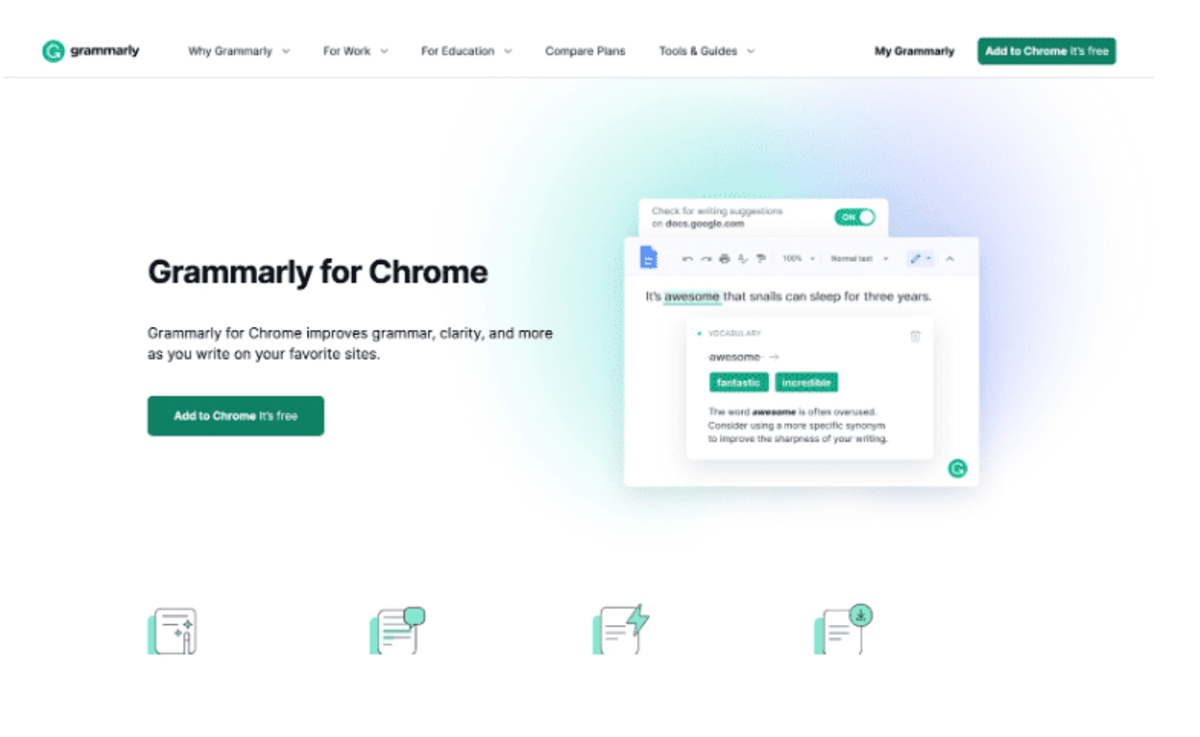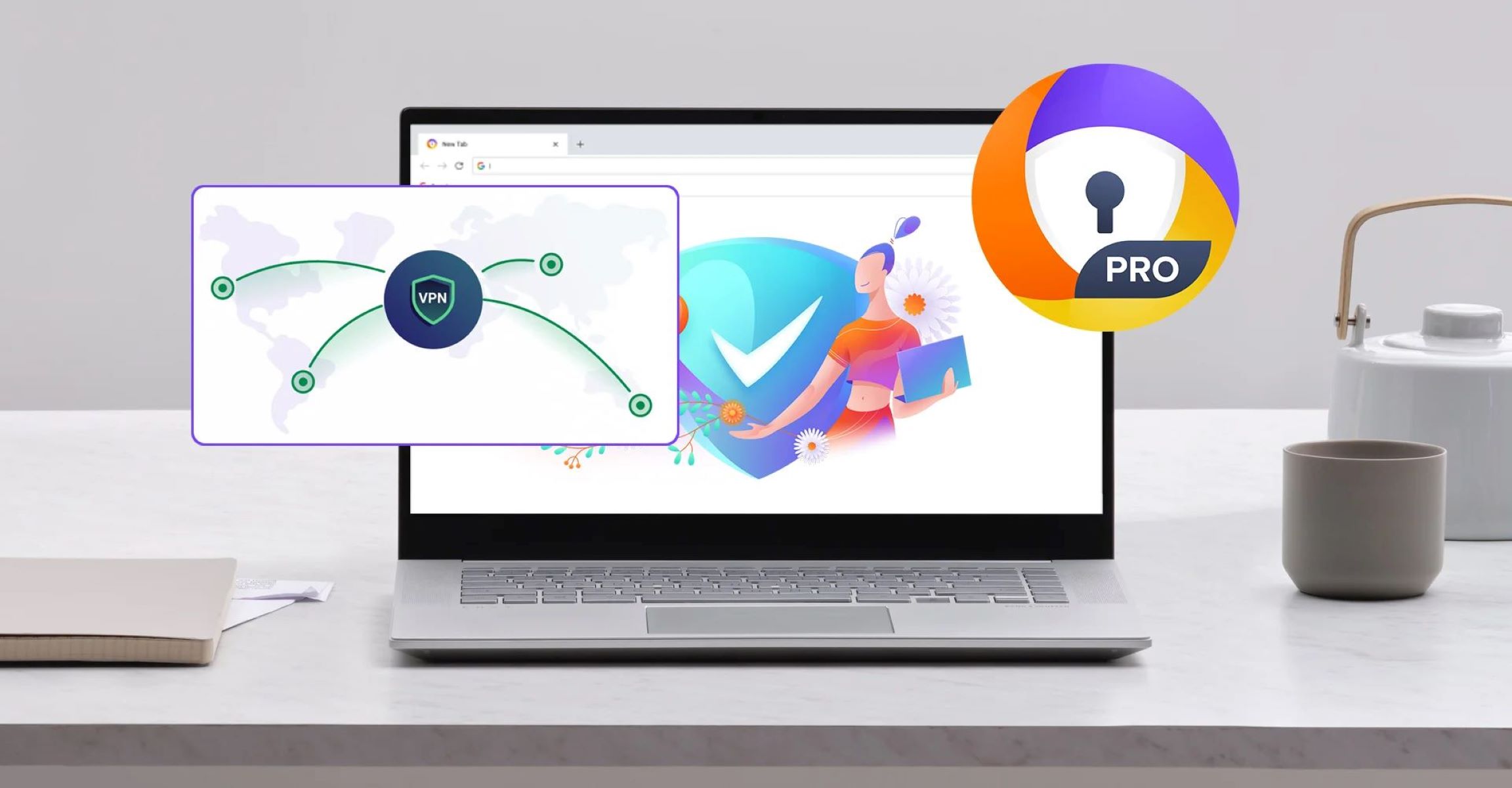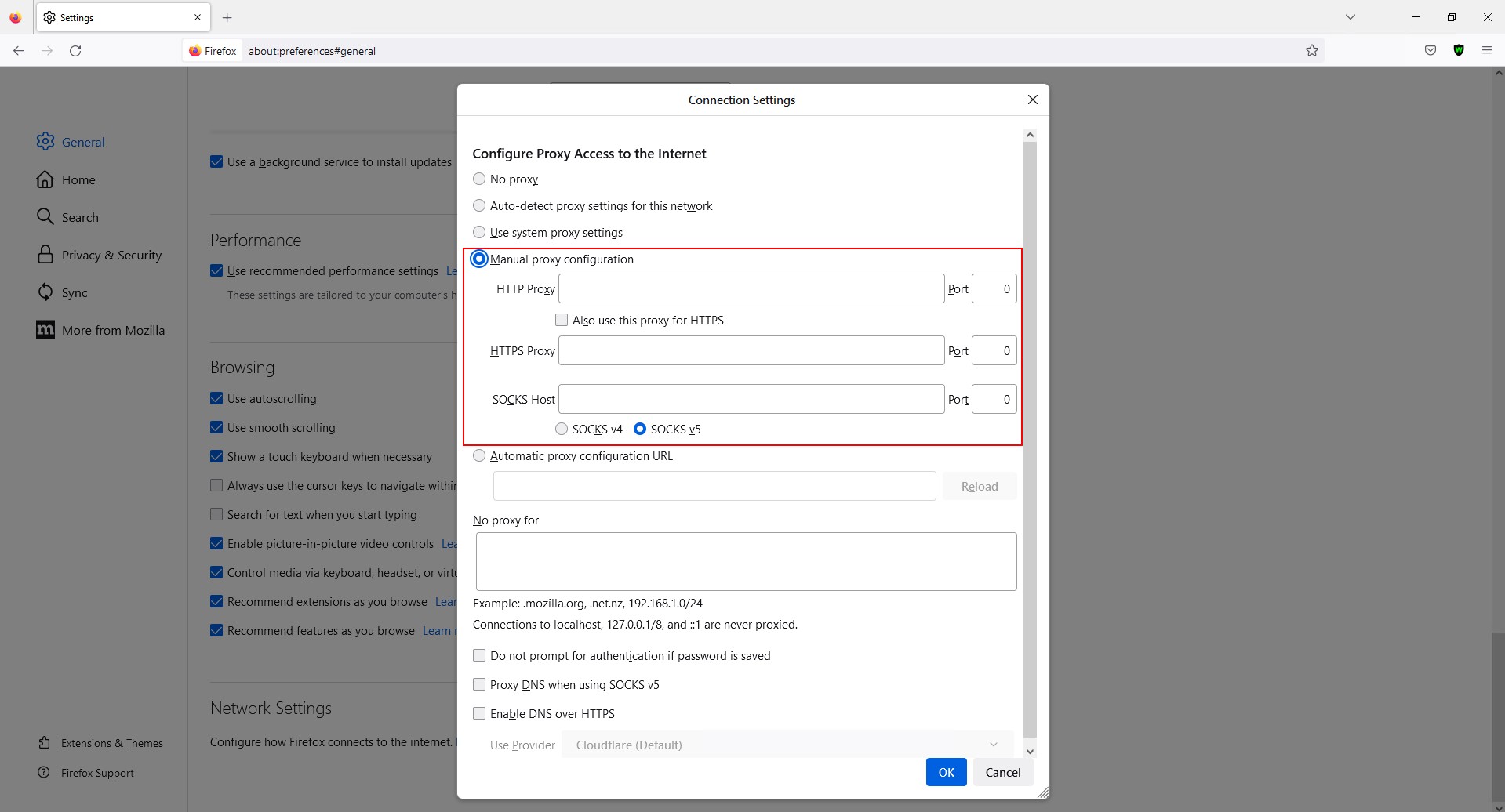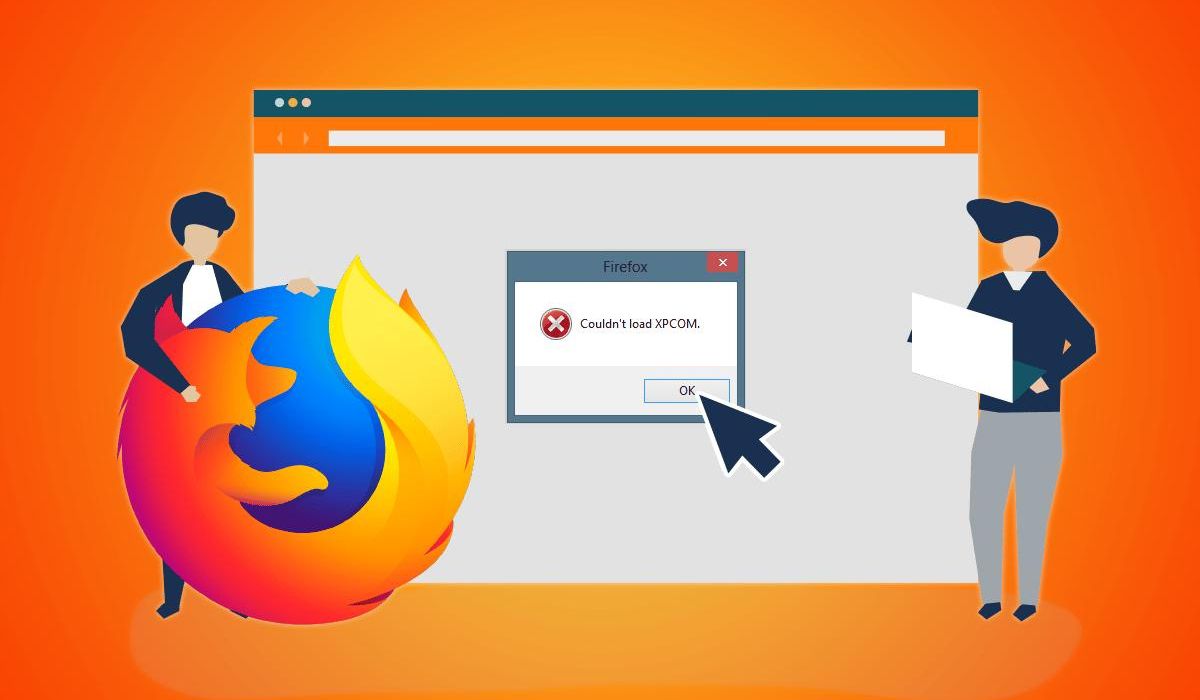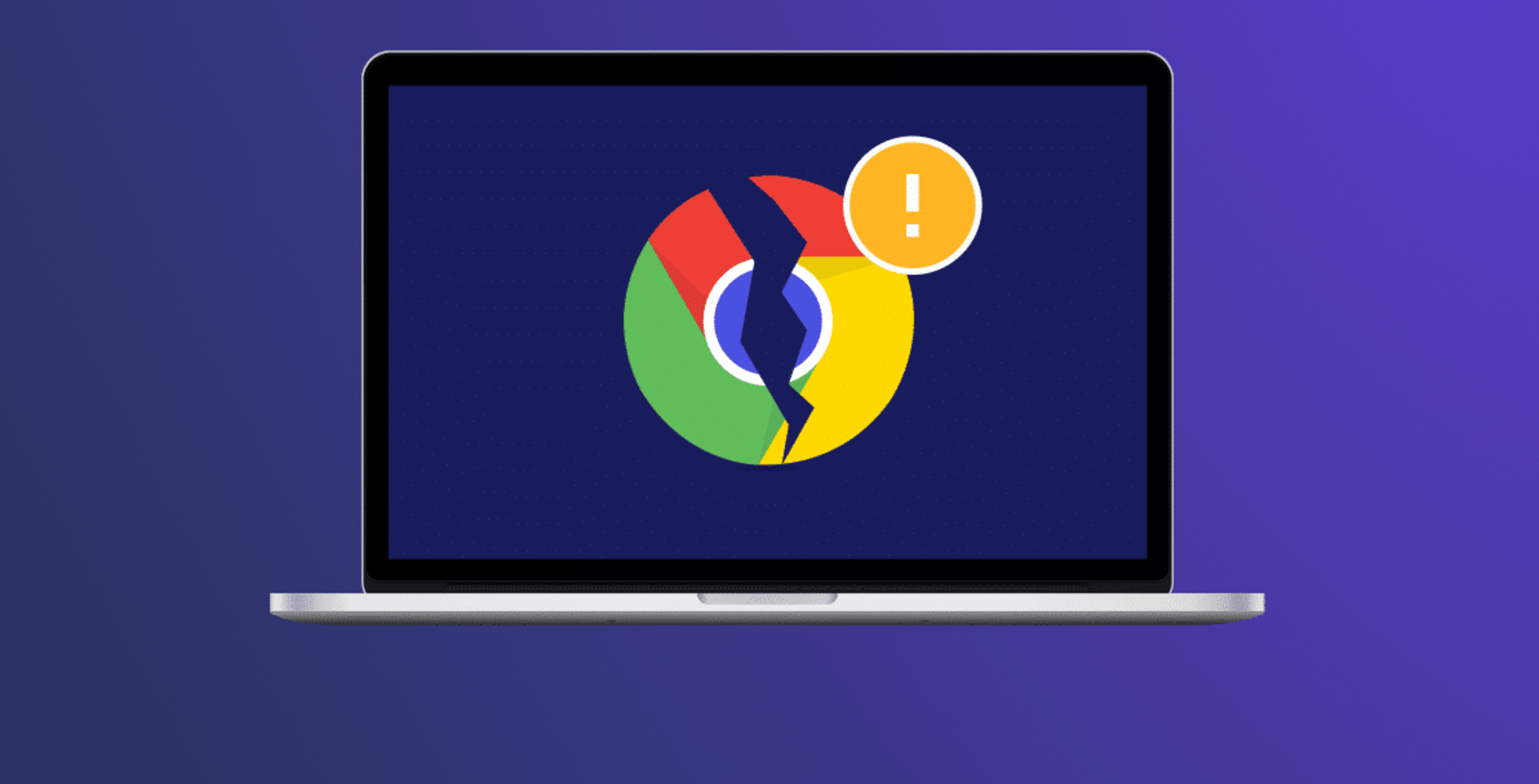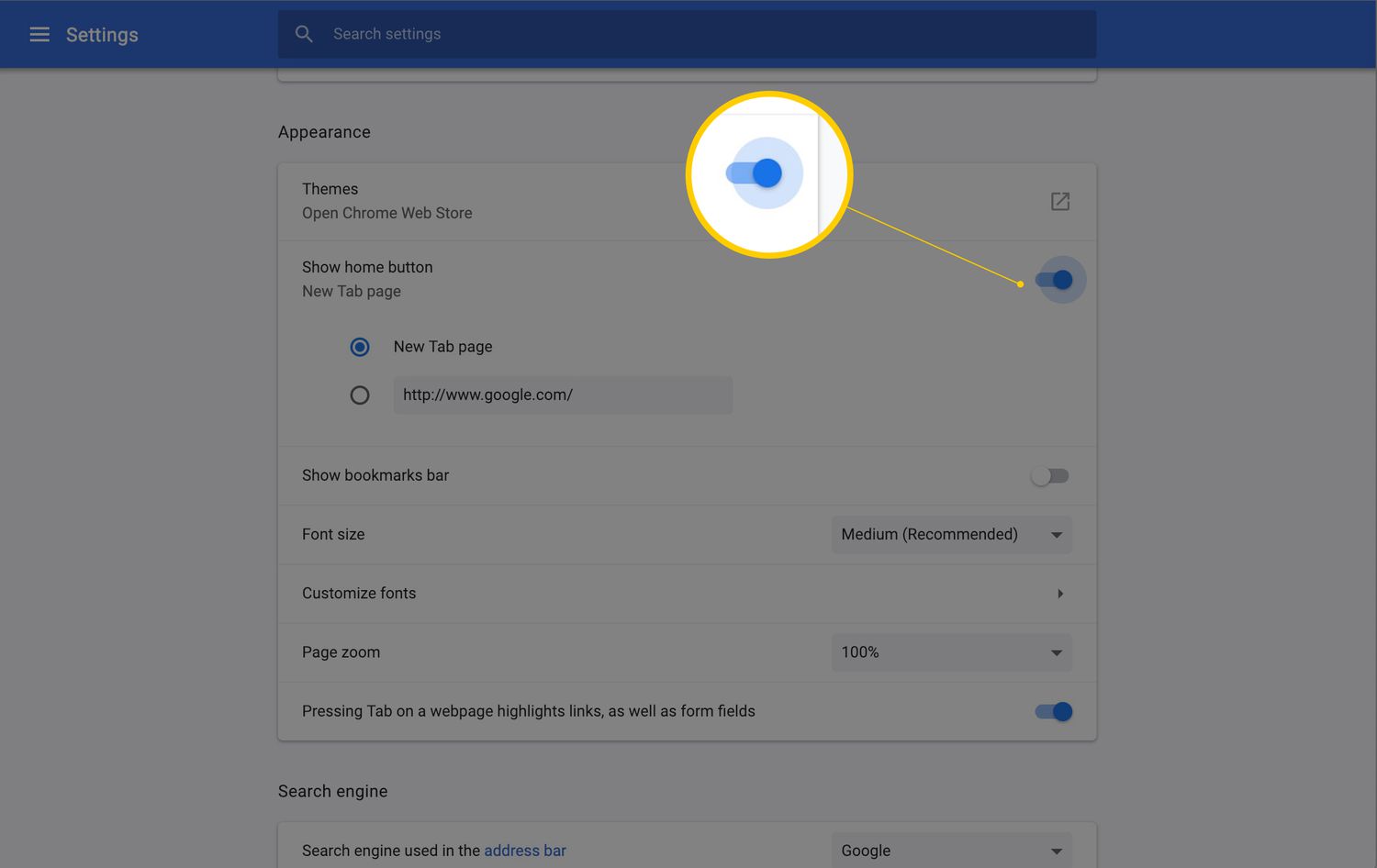Introduction
Creating a browser extension can be an exciting and rewarding endeavor, allowing you to customize your web browsing experience and even share your creations with others. Whether you have a brilliant idea for a new productivity tool, a game-changing interface enhancement, or a time-saving automation script, developing a browser extension can bring your vision to life and potentially benefit countless users across the globe.
In this comprehensive guide, we will walk through the step-by-step process of creating a browser extension, from choosing the right platform to publishing your masterpiece for the world to enjoy. Whether you're a seasoned developer looking to expand your skill set or a newcomer eager to dive into the world of browser extension development, this guide will provide you with the knowledge and resources you need to bring your ideas to fruition.
By the end of this journey, you will have the satisfaction of seeing your creation come to life in the form of a fully functional browser extension, ready to be installed and used by yourself, your friends, or even a global audience. So, roll up your sleeves, unleash your creativity, and let's embark on this exciting adventure of bringing your browser extension idea to reality!
Step 1: Choose a Browser Extension Platform
When embarking on the journey of creating a browser extension, the first crucial decision is to choose the right platform for your development needs. Each major web browser, such as Google Chrome, Mozilla Firefox, Microsoft Edge, and others, has its own extension platform with specific requirements and capabilities. Here are some popular browser extension platforms to consider:
-
Chrome Extension Platform: If you aim to reach a wide audience, Google Chrome's extension platform is an excellent choice. Chrome extensions are compatible with other Chromium-based browsers, such as Opera and Microsoft Edge, making them accessible to a broad user base. The platform provides robust documentation, a wealth of APIs, and a large community of developers for support.
-
Mozilla Add-ons: For those targeting Firefox users, the Mozilla Add-ons platform offers a range of tools and resources for building extensions. With a focus on privacy and security, Firefox provides a strong user base that values customization and open-source development.
-
Microsoft Edge Add-ons: With the resurgence of Microsoft Edge as a popular browser choice, the Edge Add-ons platform provides an opportunity to reach users in the Microsoft ecosystem. Leveraging the Chromium engine, Edge extensions share similarities with Chrome extensions, simplifying the process of porting extensions between the two platforms.
-
Cross-Browser Solutions: If you aspire to create a cross-browser extension that can run on multiple platforms, consider utilizing frameworks such as Browser Extension APIs, WebExtensions, or other cross-browser development tools. These frameworks aim to streamline the development process by providing a unified API for building extensions compatible with various browsers.
When selecting a platform, it's essential to consider factors such as your target audience, the specific features and APIs offered by each platform, and your familiarity with the development environment. Additionally, researching the submission and review processes for each platform can help you make an informed decision.
By carefully evaluating the strengths and limitations of each platform, you can make an informed choice that aligns with your development goals and the needs of your potential users. Once you've chosen a platform, you'll be ready to dive into the next steps of creating your browser extension.
Step 2: Set Up Your Development Environment
Setting up a well-organized and efficient development environment is a crucial foundation for creating a successful browser extension. Whether you're a seasoned developer or just starting out, having the right tools and resources in place can streamline the development process and enhance your productivity. Here's a detailed guide to help you set up your development environment for building a browser extension.
Choose a Code Editor
Selecting a code editor that suits your preferences and workflow is the first step in setting up your development environment. Popular choices such as Visual Studio Code, Sublime Text, or Atom offer a wide range of extensions and features tailored to web development, making them ideal for creating browser extensions.
Install Necessary Tools and Extensions
Depending on the platform you've chosen for your browser extension, you may need to install specific tools and extensions to facilitate development. For example, if you're developing a Chrome extension, the Chrome Extension Developer Tools can greatly assist in debugging and testing your extension during the development phase.
Set Up Version Control
Implementing version control, such as Git, is essential for tracking changes to your extension's codebase and collaborating with other developers if needed. Hosting your project on platforms like GitHub or Bitbucket provides a centralized repository for your code and enables seamless collaboration and version tracking.
Familiarize Yourself with Extension APIs
Take the time to explore the documentation and resources provided by the chosen browser extension platform. Understanding the available APIs and their capabilities is crucial for implementing the desired functionality in your extension. Whether it's accessing tabs, managing storage, or interacting with web pages, a solid grasp of the extension APIs is fundamental to successful development.
Create a Project Structure
Organizing your project with a clear and intuitive structure can significantly enhance your development workflow. Separating your code into logical components, such as background scripts, content scripts, and UI elements, can improve maintainability and make it easier to navigate and modify your extension as it grows in complexity.
By meticulously setting up your development environment, you'll be well-prepared to dive into the next phase of creating your browser extension: crafting the extension manifest. With the right tools and a well-structured environment at your disposal, you're poised to bring your vision to life and build a compelling and functional browser extension.
Step 3: Create the Extension Manifest
The extension manifest serves as the cornerstone of your browser extension, defining its structure, functionality, and permissions. It is a crucial component that provides essential metadata and configuration details to the browser, enabling it to understand and load your extension correctly. When creating the extension manifest, attention to detail and adherence to the platform-specific guidelines are paramount to ensure a smooth and error-free deployment of your extension.
Understanding the Manifest File
The manifest file, typically named manifest.json for Chrome and manifest.js for Firefox, is a JSON-formatted file that encapsulates vital information about your extension. It includes details such as the extension's name, version, description, permissions, content scripts, background scripts, and more. This file acts as a roadmap for the browser, guiding it on how to handle and interact with your extension.
Key Components of the Manifest
-
Extension Metadata: Begin by specifying fundamental details such as the extension's name, version, description, and author information. These attributes provide users and the platform with essential information about your extension.
-
Permissions: Declare the necessary permissions your extension requires to function properly. Whether it's accessing tabs, managing cookies, or interacting with external websites, defining permissions ensures that your extension operates within the boundaries set by the user and the platform's security model.
-
Content Scripts: If your extension needs to inject scripts into web pages, specify the content scripts in the manifest. This allows your extension to interact with and modify the behavior of specific web pages, enhancing its functionality and customization capabilities.
-
Background Scripts: Define background scripts to handle tasks that require ongoing processes, such as monitoring tab changes, managing data, or handling events that occur outside the scope of a specific web page. Background scripts are essential for implementing persistent functionality in your extension.
-
User Interface: Outline the user interface components of your extension, including pop-up windows, browser action icons, and options pages. These elements provide users with a means to interact with and control the behavior of your extension.
Platform-Specific Considerations
Each browser platform has its own set of requirements and supported manifest attributes. It's crucial to refer to the official documentation for the chosen platform to ensure compliance and compatibility. For example, Chrome's manifest file may include additional fields such as browser actions, options pages, and key-related settings, while Firefox's manifest may have specific attributes related to its unique features and APIs.
By meticulously crafting the extension manifest, you lay a solid foundation for your browser extension, setting the stage for the subsequent development and implementation of its core functionality. With a well-defined manifest, your extension is poised to integrate seamlessly with the browser environment, delivering a cohesive and engaging user experience.
Step 4: Write the Extension Code
With the extension manifest in place, it's time to delve into the heart of your browser extension: the code. Writing the extension code involves implementing the desired functionality, handling user interactions, and integrating with the browser environment to deliver a seamless and intuitive experience. Whether you're crafting a simple tool or a complex interface, the following steps will guide you through the process of bringing your extension to life through code.
Choose the Right Programming Languages
Selecting the appropriate programming languages for your extension is crucial. For web-based extensions, HTML, CSS, and JavaScript are the primary languages used to create the user interface and implement functionality. Additionally, if your extension requires server-side processing or external API interactions, you may consider incorporating server-side languages such as Node.js or Python.
Implement Functionality with JavaScript
JavaScript serves as the backbone of most browser extensions, enabling you to manipulate the DOM, interact with browser tabs, and communicate with external servers. Leverage JavaScript to handle user events, manage extension state, and dynamically modify web pages to deliver the intended features and enhancements.
Utilize Frameworks and Libraries
To expedite development and ensure code efficiency, consider leveraging popular frameworks and libraries such as jQuery, React, or Vue.js. These tools provide a wealth of resources for building interactive user interfaces, managing complex data flows, and streamlining the development of feature-rich browser extensions.
Handle Asynchronous Operations
Given the asynchronous nature of web browsing and extension functionality, mastering asynchronous programming in JavaScript is essential. Utilize promises, async/await, or callback functions to manage tasks such as fetching remote data, interacting with tabs, and handling user input without blocking the browser's main thread.
Ensure Security and Privacy
Prioritize security and user privacy when writing the extension code. Implement secure communication practices, validate user inputs, and adhere to the platform's security guidelines to safeguard user data and maintain the integrity of the browsing experience.
Test and Refine
Throughout the coding process, conduct thorough testing to ensure the functionality of your extension across various scenarios and browser environments. Debugging and refining the code iteratively will help identify and address potential issues, ensuring a polished and reliable user experience.
By meticulously crafting the extension code, you breathe life into your vision, transforming it into a tangible and impactful browser extension. With a keen focus on functionality, performance, and user experience, your code forms the backbone of a compelling and valuable addition to the web browsing ecosystem.
Step 5: Test and Debug Your Extension
Testing and debugging are critical phases in the development of a browser extension, ensuring that the extension functions as intended and delivers a seamless user experience. Thorough testing not only validates the functionality of the extension across different scenarios but also identifies and resolves potential issues before the extension is deployed to users.
Manual Testing
Conduct manual testing to interact with the extension in real-world usage scenarios. Verify that the user interface elements, such as pop-up windows, options pages, and browser action icons, behave as expected. Test the functionality of the extension across various websites and web applications to ensure compatibility and consistent performance.
Cross-Browser Compatibility
If you are targeting multiple browser platforms, such as Chrome, Firefox, and Edge, it's essential to test the extension across each of these environments. Verify that the extension functions seamlessly and maintains consistent behavior across different browsers, taking into account platform-specific nuances and APIs.
Edge Cases and Error Handling
Explore edge cases and unexpected user interactions to uncover potential vulnerabilities and error scenarios. Test the extension's resilience in handling network failures, invalid inputs, and unexpected user behaviors. Implement robust error handling mechanisms to gracefully manage unforeseen situations and provide informative feedback to users.
Automated Testing
Leverage automated testing frameworks and tools to streamline the testing process and validate the functionality of the extension programmatically. Write unit tests to assess individual components and modules of the extension, ensuring that each part functions correctly in isolation. Additionally, consider implementing integration tests to evaluate the interaction between different parts of the extension.
Debugging and Console Logging
Utilize the browser's developer tools to debug the extension code effectively. Leverage console logging to track the flow of execution, inspect variable values, and identify potential issues. Employ breakpoints and step-through debugging to analyze the behavior of the extension in real-time, pinpointing the root causes of any unexpected behavior or errors.
User Feedback and Beta Testing
Engage with a group of beta testers or early adopters to gather feedback on the extension's usability, performance, and feature set. Encourage users to report any issues or suggestions, allowing you to refine and enhance the extension based on real-world usage and user input.
By rigorously testing and debugging your extension, you can instill confidence in its reliability and functionality, paving the way for a successful deployment to users. Thorough testing not only validates the functionality of the extension across different scenarios but also identifies and resolves potential issues before the extension is deployed to users.
Step 6: Publish Your Extension
Publishing your browser extension marks the culmination of your hard work and creativity, making your creation accessible to users worldwide. The process of publishing involves preparing your extension for distribution, adhering to platform guidelines, and navigating the submission and review process. Here's a detailed guide to help you navigate the final step of bringing your extension to the public.
Prepare for Submission
Before submitting your extension for publication, ensure that it complies with the platform's policies and guidelines. Review the platform-specific requirements, such as user data privacy, security best practices, and content restrictions, to align your extension with the platform's standards.
Additionally, conduct a thorough review of your extension to address any potential issues or violations that could hinder the submission process. Verify that the extension's functionality, user interface, and permissions align with the platform's expectations, and make any necessary adjustments to ensure compliance.
Create a Developer Account
To publish your extension, you'll need to create a developer account on the chosen platform. Registering as a developer provides you with access to the platform's developer dashboard, where you can manage your extensions, submit new releases, and track their performance.
Follow the platform's registration process, providing the required information and agreeing to the developer terms and conditions. Once your developer account is set up, you'll be ready to initiate the submission of your extension.
Submit Your Extension
Navigate to the developer dashboard and initiate the submission process for your extension. Provide the necessary details, such as the extension's name, description, screenshots, and promotional assets, to create a compelling listing that entices users to install your extension.
Upload the extension package, which typically includes the extension manifest, code files, and any additional resources required for the extension to function. Double-check that all assets and information are accurate and up to date before finalizing the submission.
Compliance and Review
Upon submission, your extension will undergo a review process conducted by the platform's team. The review aims to ensure that the extension meets the platform's quality standards, adheres to the guidelines, and does not pose any security or privacy risks to users.
During the review period, be responsive to any communication from the platform's review team. Address any inquiries or requests for additional information promptly to expedite the review process and resolve any potential issues that may arise.
Launch and Promotion
Once your extension successfully passes the review process, it will be published to the platform's extension store, making it available for users to discover, install, and enjoy. Take advantage of the platform's promotional tools and resources to increase the visibility of your extension, such as creating engaging listing descriptions, utilizing promotional banners, and participating in featured collections or campaigns.
Promote your extension through your own channels, such as social media, developer forums, and tech communities, to reach a wider audience and attract users who can benefit from your creation. Encourage user reviews and feedback to gather insights and improve the extension based on user experiences.
By navigating the submission and publication process with diligence and attention to detail, you can share your browser extension with the world, making a meaningful contribution to the diverse ecosystem of browser extensions. Embrace the opportunity to connect with users, gather feedback, and continuously enhance your extension to provide value and utility to its audience.
Conclusion
Embarking on the journey of creating a browser extension is a rewarding and fulfilling endeavor that empowers developers to innovate, customize, and enrich the web browsing experience. Throughout this comprehensive guide, we've explored the step-by-step process of bringing a browser extension from concept to reality, encompassing crucial stages such as platform selection, development environment setup, manifest creation, code implementation, testing, and the final publication.
As you reach the conclusion of this guide, it's essential to reflect on the significance of your efforts and the impact of your creation. By crafting a browser extension, you have not only honed your technical skills but also contributed to the vibrant landscape of web customization and productivity tools. Your extension has the potential to streamline workflows, enhance user experiences, and even inspire others to explore the realm of extension development.
The journey of creating a browser extension is not merely a technical pursuit; it's a testament to creativity, problem-solving, and the desire to make a meaningful difference in the digital realm. Whether your extension serves as a utility for simplifying tasks, a source of entertainment, or a catalyst for productivity, it embodies your vision and dedication to improving the browsing experience for users worldwide.
As you prepare to share your creation with the world, remember that the journey doesn't end with publication. Embrace user feedback, iterate on your extension based on real-world usage, and continue to refine and enhance its features. Engage with the community, participate in discussions, and leverage the wealth of resources available to extension developers to foster a thriving ecosystem around your creation.
Above all, celebrate the culmination of your hard work and creativity as you witness your browser extension come to life, ready to make a positive impact on the daily lives of its users. Whether it's a small convenience or a transformative tool, your extension has the potential to resonate with individuals, businesses, and communities, shaping the way they interact with the web.
So, as you embark on this journey, armed with the knowledge and guidance provided in this guide, remember that the world of browser extension development is as boundless as your imagination. Embrace the challenges, celebrate the victories, and continue to innovate, for the web awaits the next wave of transformative and inspiring browser extensions.









